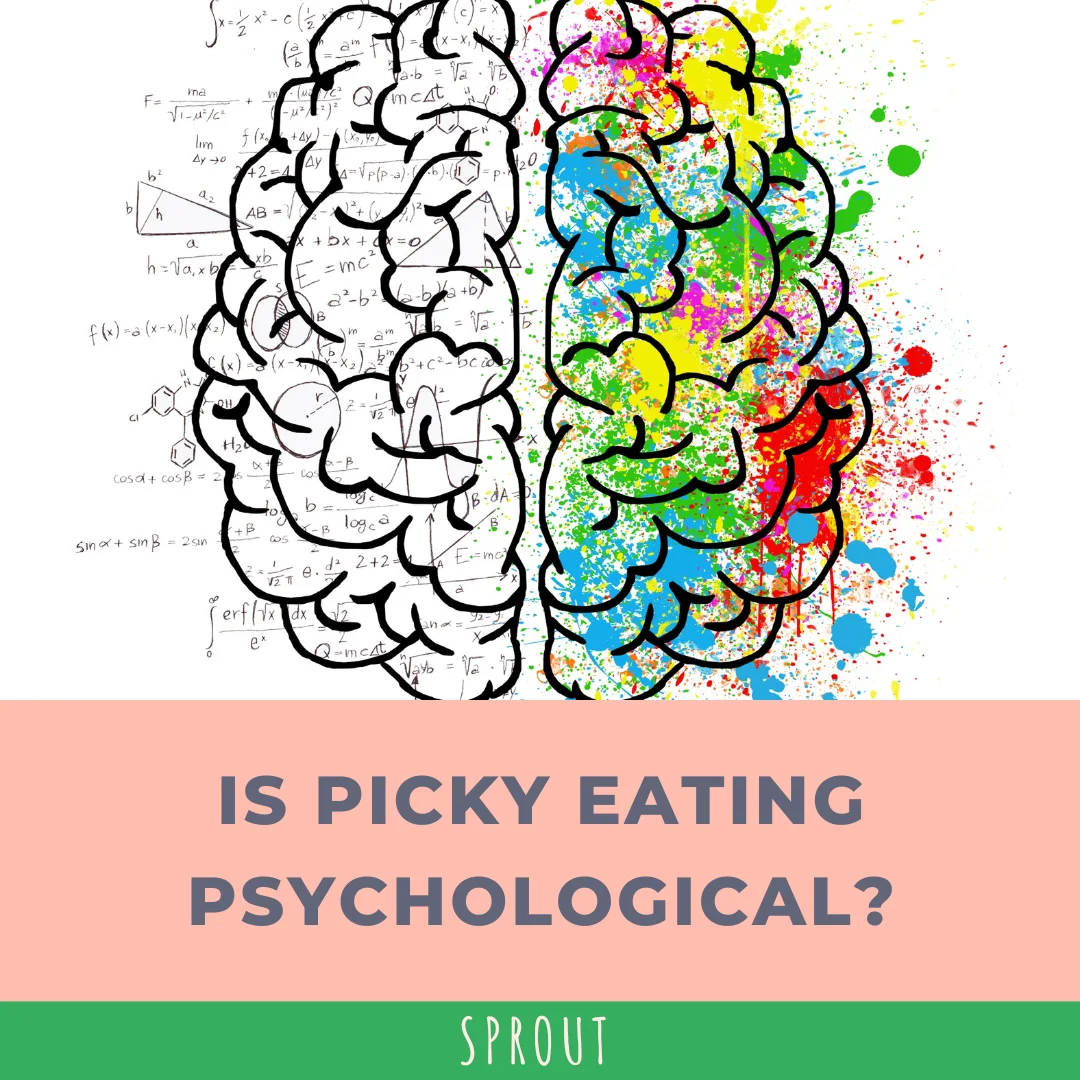We all know that eating is a sensory experience, right? But what do we really need to know about sensory processing to support children with their eating? Is it all about food tastes and textures, or is there more to it than that? Fussy eating can be a challenging hurdle for parents, but understanding the sensory system and its connection to eating can make a world of difference. In this blog post, we'll introduce you to the sensory system, shed light on how it relates to your child's eating experiences, and provide valuable insights and strategies to support your child in their eating journey.
Who knew we have 8 senses!?
While the notion of the "sixth sense" often conjures images of intuition, magic, or fortune-telling, it may come as a surprise that we humans actually possess not six, but eight senses! These senses play crucial roles in how we perceive and interact with the world around us. Of course, taste, touch, smell, sight, and sound are likely quite familiar to you. However, there are three lesser-known senses that are equally essential: interoception, proprioception, and vestibular.
The 3 less-known senses
Interoception is the sense that allows us to perceive and understand our internal bodily sensations. It helps us recognize feelings of hunger, fullness, thirst, and even emotions like excitement or anxiety. Think of it as the body's internal communication system, giving us important signals about how we're feeling on the inside.
Proprioception is the sense that provides us with information about the position and movement of our body parts without us having to look at them. It's what allows us to touch our nose with our eyes closed or walk without constantly watching our feet.
Finally, the vestibular sense is all about balance and spatial orientation. It helps us understand our body's position in relation to gravity and the world around us. It's what keeps us steady when we stand up, spin around, or move in any direction. This sense is vital for activities like walking, running, and even sitting still without feeling dizzy.
Together, these eight senses form the foundation of our sensory system, profoundly influencing our daily experiences, including the way we approach food and eating. Eating not only requires us to process smells, textures and tastes – but it also requires us to tune into internal sensations, co-ordinate our body movements and stay balanced on our seat!
For more info on these senses and how they relate to your child – check out the Picky Profile Tool accessed on our homepage: www.eatwithsprout.com
Varying responses
Each of us wonderful humans experience these senses a little differently - and our responses can vary widely. Some people may be hypersensitive or overresponsive to certain sensory inputs, meaning they very easily react to sensory stimuli. For instance, a child who is hypersensitive to taste might find certain flavours overpowering and dislike foods with strong tastes. On the flip side, some of us may be hyposensitive or under-responsive to sensory inputs, meaning we require more intense stimuli to notice sensations. An under-responsive child might not notice when they've spilled food on their clothes or might have a high tolerance for spicy or bitter flavours. Recognising these variations in sensory sensitivity can help us to understand a child’s sensory profile and tailor an approach that is individualised, creating a more comfortable sensory eating environment.
Sensory aspects of food
Indeed, the sensory properties of food play a big part in our experience. Taste, for example, varies across a wide spectrum, from mild and bland to intensely strong, and the taste of a food can even change from the beginning of a mouthful to the end!
The textures of food also range from soft and mushy to crunchy. Again, the texture can change throughout a mouthful – you may bite into something crisp and crunchy – which then slowly dissolves in the mouth. While these changes are totally expected to us seasoned eaters – getting used to these changing sensations in the mouth can be a lot to process when it comes to eating new foods for picky eaters!
Additionally, the smell of food can either be inviting or overwhelming, impacting a child's initial impression. Think about the enticing aroma of freshly baked bread versus the pungent scent of certain cheeses.
Even the sounds of food can come into play something many of us don’t even notice! Just consider the audible crunch when biting into a carrot stick, or the slurp of someone eating hot soup.
Furthermore, the visual appeal of a meal, including its presentation and garnishes, can significantly affect a child's perception of the food. For many avoidant eaters – foods looking familiar, or looking the same, is a clear indication that it’s safe to eat.
Sensory mealtime environments
The atmosphere at the dinner table, the lighting, noise levels, and even the presence of distractions can all influence a child's willingness to engage with their food. For instance, a noisy or chaotic mealtime environment might overwhelm a child with sensory sensitivities, making them less receptive to trying new foods. On the flip side, a calm and inviting setting can create a more positive and relaxed atmosphere that encourages exploration and enjoyment of a variety of foods.
So, next time you’re sitting down to a meal, take note of everything going on in the room. Is there clutter on the table? Is the wall full of your children’s lovely artwork? Is the sun glaring through the window? Perhaps you’re one of these people who needs to turn off the extractor fan before you can relax and enjoy your meal!
Senses across the day
To fully support children through their picky eating journey, we need to take a step back from the food and the mealtime environment to consider their sensory system throughout the entire day. Quite often – it's not all about the food!
Sensory input can have an accumulative effect, meaning that as the day progresses, children can become increasingly stimulated, and this may lead to overwhelm. Busy days filled with events, people, activities, and demands can leave their sensory systems overloaded, reducing their capacity for trying new foods, engaging with mealtimes, or tuning into internal sensations of hunger.
As parents, it's helpful to observe the times of day when your child seems
most regulated – alert and engaged, yet not overwhelmed. These moments may
be the ideal opportunities to serve a variety of foods. You can also
explore activities that help your child regulate their sensory system when
they do become overwhelmed, and if needed, plan some of these activities
before mealtimes.
Wrapping up...
So, it’s not all about disliking textures, or having a strong sense of taste – but supporting your child with their eating requires a much broader insight into your child’s sensory system as a whole! By taking a holistic approach to your child's sensory well-being throughout the day, you can make mealtimes less stressful and more enjoyable for everyone involved. So, to sum up - remember to consider the sensory properties of the food, the sensory environment of the mealtime, as well as sensory regulation throughout the entire day!

